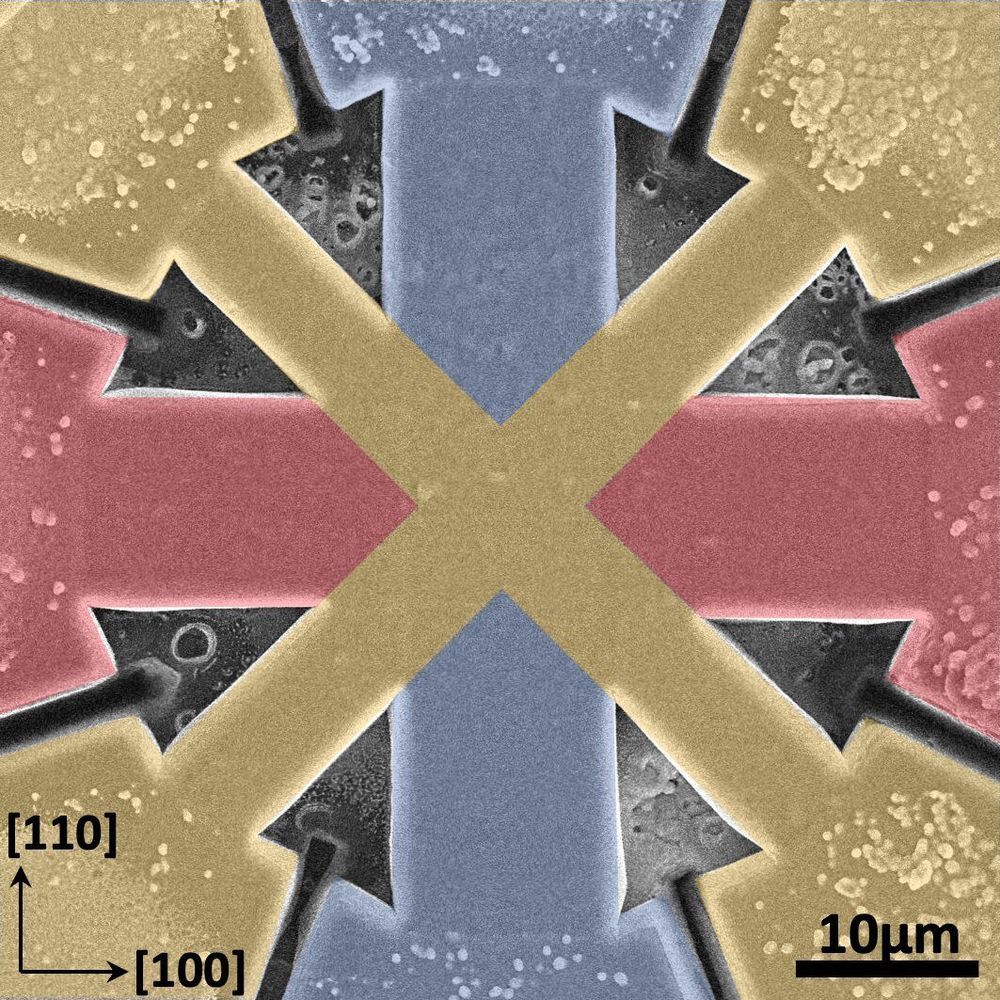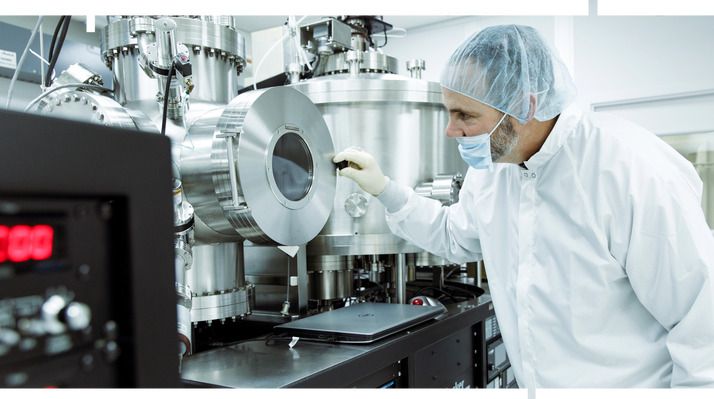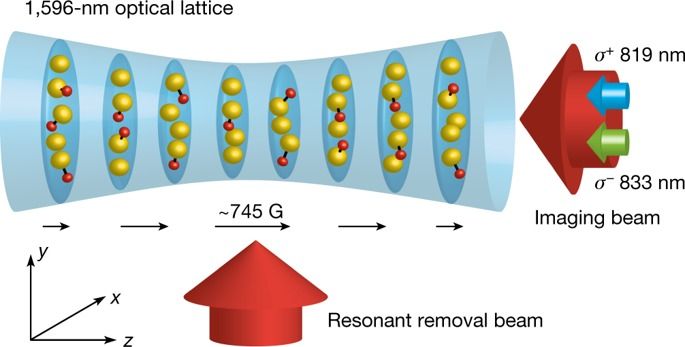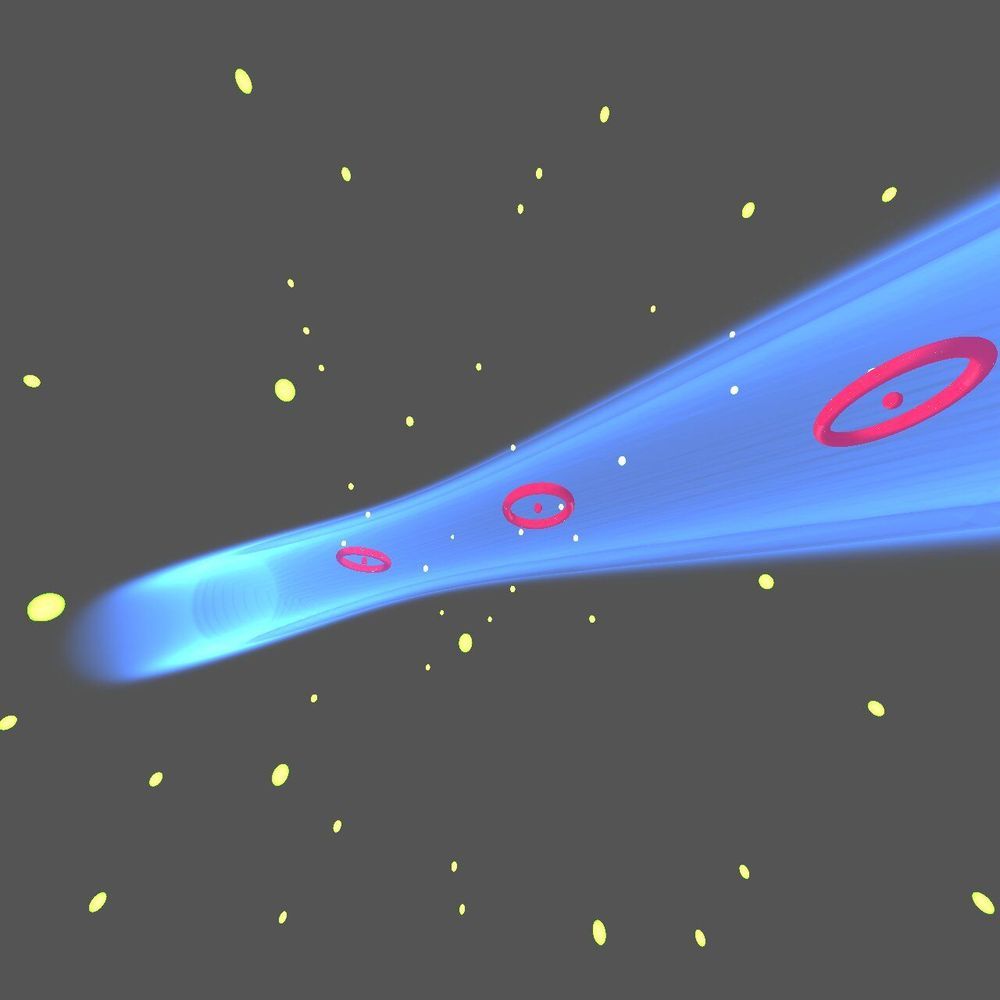Apr 10, 2020
Fine-tuning magnetic spin for faster, smaller memory devices
Posted by Quinn Sena in categories: computing, quantum physics
Unlike the magnetic materials used to make a typical memory device, antiferromagnets won’t stick to your fridge. That’s because the magnetic spins in antiferromagnets are oppositely aligned and cancel each other out.
Scientists have long theorized that antiferromagnets have potential as materials for ultrafast stable memories. But no one could figure out how to manipulate their magnetization to read and write information in a memory device.
Now, a team of researchers at Berkeley Lab and UC Berkeley working in the Center for Novel Pathways to Quantum Coherence in Materials, an Energy Frontier Research Center funded by the U.S. Department of Energy, have developed an antiferromagnetic switch for computer memory and processing applications. Their findings, published in the journal Nature Materials, have implications for further miniaturizing computing devices and personal electronics without loss of performance.







 Abstract: Quantum optics is the study of the intrinsically quantum properties of light. During the second part of the 20th century experimental and theoretical progress developed together; nowadays quantum optics provides a testbed of many fundamental aspects of quantum mechanics such as coherence and quantum entanglement. Quantum optics helped trigger, both directly and indirectly, the birth of quantum technologies, whose aim is to harness non-classical quantum effects in applications from quantum key distribution to quantum computing. Quantum light remains at the heart of many of the most promising and potentially transformative quantum technologies. In this review, we celebrate the work of Sir Peter Knight and present an overview of the development of quantum optics and its impact on quantum technologies research. We describe the core theoretical tools developed to express and study the quantum properties of light, the key experimental approaches used to control, manipulate and measure such properties and their application in quantum simulation, and quantum computing.
Abstract: Quantum optics is the study of the intrinsically quantum properties of light. During the second part of the 20th century experimental and theoretical progress developed together; nowadays quantum optics provides a testbed of many fundamental aspects of quantum mechanics such as coherence and quantum entanglement. Quantum optics helped trigger, both directly and indirectly, the birth of quantum technologies, whose aim is to harness non-classical quantum effects in applications from quantum key distribution to quantum computing. Quantum light remains at the heart of many of the most promising and potentially transformative quantum technologies. In this review, we celebrate the work of Sir Peter Knight and present an overview of the development of quantum optics and its impact on quantum technologies research. We describe the core theoretical tools developed to express and study the quantum properties of light, the key experimental approaches used to control, manipulate and measure such properties and their application in quantum simulation, and quantum computing.








